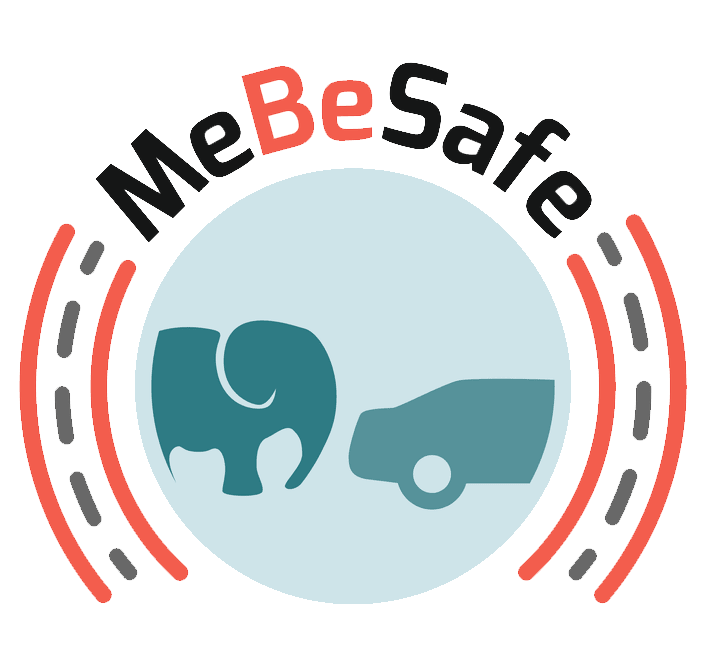Presentations from MeBeSafe Final Event digital
The final event summarised the measures developed within MeBeSafe. See them here!
The MeBeSafe nudging framwork
If you want to go out and develop a nudge yourself, it requires you to know what a nudge is. Before MeBeSafe, nudging was largely enclosed within economic settings, making it necessary for the MeBeSafe project to create a framework adapted to a traffic-safety setting. And the framework is now readily available for anyone to learn and develop upon.
Rewards to make Drowsy Drivers take a break
Soft measures could double the number of tired drivers stopping to take a break. Today, the desire to arrive fast seems so strong that just warning drivers that they are tired might not be enough. MeBeSafe have found one solution in handing out random rewards.
In-Vehicle Nudge to Direct Driver Attention
Vulnerable road users are easily overlooked by drivers when they are crossing each other’s way. Cyclists could be hidden from the view or drivers could have their attention elsewhere. MeBeSafe have found potential to nudge more than 60% of drivers to slow down or become more aware of crossing cyclists.
Infrastructure Driver Nudge to slow down drivers
Drivers are often going too fast, especially when leaving a high-speed motorway. And motorway exits can have rather sharp curves, leading to potential accidents. MeBeSafe have realised a nudge that could reduce the number of speeding drivers by 40%, by exposing them to lights embedded in the road.
Cyclist nudge to increase attention/reduce speed
Cyclists are sometimes too fast or using too little attention when approaching an intersection where the view is blocked. It’s seldom obvious that this is the case. MeBeSafe have developed a nudge based on flat stripes getting closer together to give an illusion of speed, leading to twice as many cyclists slowing down before a dangerous intersection.
Helping truckers coach themselves
Truck drivers are experts on the road, and the person with most knowledge to coach them is another trucker. MeBeSafe have designed an app that supports a peer-to-peer coaching scheme based on privacy-focussed data collection – and the empowerment concept has been met with very positive reactions.
Coaching drivers to use Adaptive Cruise Control
Adaptive Cruise Control leads to safe distances between cars, but not all drivers use the feature. MeBeSafe developed a measure to nudge people into using it. But this can only work if the drivers know of ACC. MeBeSafe therefore developed a way to coach drivers into using a new feature, such as ACC.
The impact assessment of MeBeSafe
The nudging and coaching measures of MeBeSafe have been found to work. They are truly proven to make road users behave better in traffic. But what does this mean in reality? How much does a certain speed decrease mean in terms of saved lives? MeBeSafe set out to get an answer of the final impact of MeBeSafe.
